CCMI reveals biodiversity of 12-Mile Bank reefs
(CNS): The Central Caribbean Marine Institute’s (CCMI) Expedition Hope has collected a wide range of data to describe the benthos and biodiversity of the previously unexplored seamount, 12-Mile Bank. CCMI secured a grant from the UK Government’s Darwin Plus Programme and is working with project partners the Department of Environment, the Guy Harvey Ocean Foundation, and the Smithsonian Tropical Research Institute. This summer, the scientists began an expedition to dive these uncharted waters up to 50 metres and documented what they found.
In a series of documentary videos, the scientists have outlined the work to collect valuable information from these unseen reefs, which will ultimately support improved management of ecologically significant and poorly understood seamount habitats in Cayman waters by providing evidence for the Cayman Islands Government Biodiversity Action Plan.
During the research expedition, the team completed twice the initial number of proposed fish surveys and 20% more benthic photo-mosaics, in addition to collecting samples for eDNA and genetic connectivity assessments and producing a bathymetric map of 12-Mile Bank.
The tale of the female-led ocean exploration is now available on CCMI’s YouTube channel. It shows the numerous problems they encoutered and the reasons these seamounts remain
largely unexplored, as weather conditions are rarely conducive with research expeditions.
The initial efforts to reach the second seamount, Pickle Bank, some 45 miles off Little Cayman, were curtailed by bad weather, but the divers have plans to return there in May 2024.
Both seamounts are classified as Vulnerable Marine Ecosystems under international criteria and are thought to be home to rich biodiversity with fewer impacts from human activity due to their remote location. The first expedition indicated that 12-Mile Bank seamount harbours productive environments with high levels of coral on the south, and larger numbers and sizes of fish on the north side.
“With this docuseries, we’re not only showing you what we did to document the fish, coral and biodiversity that live on the seamounts, but you get a deep glimpse into the operations that go into expeditions like this,” Dr Gretchen Goodbody-Gringley, CCMI’s expedition leader, said. “It’s not easy to go offshore and dive to 50 meters, and sometimes things don’t go as you expect. CCMI is thrilled to show viewers behind the scenes and how science happens in this exciting expedition to 12-Mile Bank.”
CCMI’s data analysis will provide insight into the details of these cryptic habitats, including estimates of biodiversity at the population scale using eDNA, and environmental information on the driving forces that influence the marine habitats and organisms. Access to the data collected will be open to help with future conservation action and data-driven decision-making and management of these seamounts.
Once these valuable ecosystems are more understood as a result of this project, they can be better protected and conserved to ensure their health for future generations. The data from this project will be incorporated into a new section of the Cayman Islands’ Government Biodiversity Action Plan and will be used to underpin discussions for future marine spatial planning legislation.
These unexplored and poorly understood seamount ecosystems could provide a glimmer of hope for the future of Cayman’s coral reefs, the CCMI officials said, potentially providing refuge, larvae sources and resilience from the impacts of climate change. As such, it is essential that they are understood in order to be protected.
Read more about the project on CCMI website and see the documentary below:
- Fascinated
- Happy
- Sad
- Angry
- Bored
- Afraid
Category: Marine Environment, Science & Nature















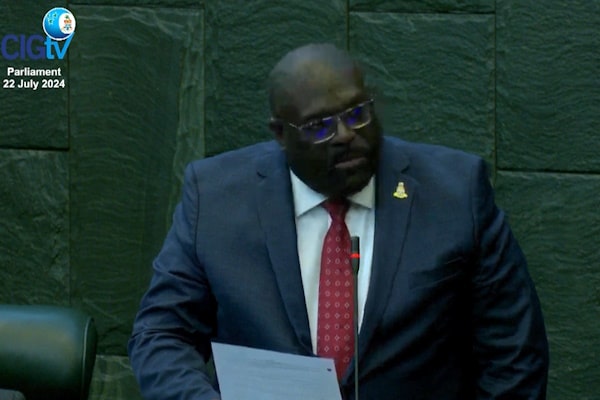
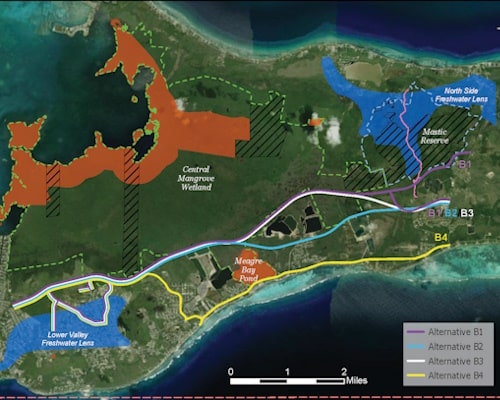
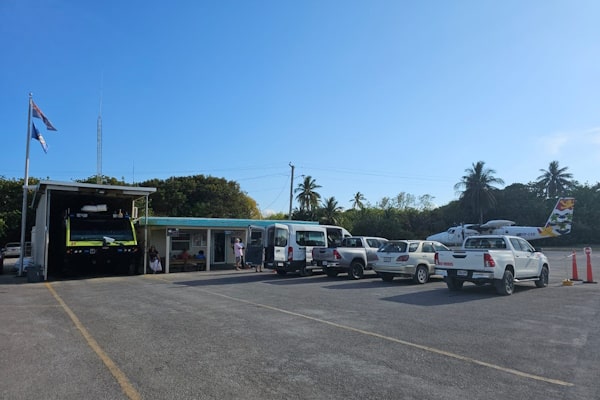

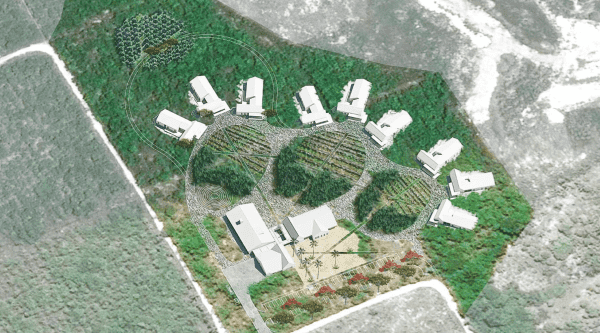




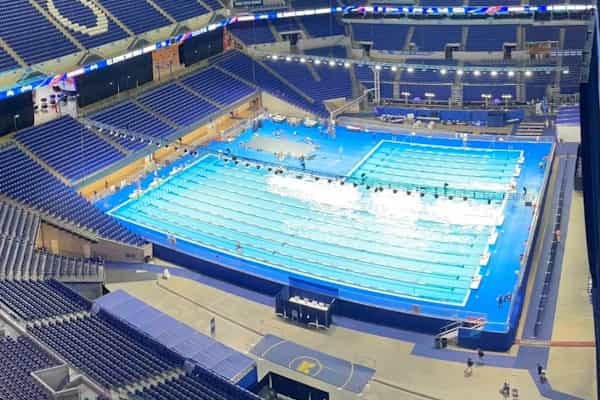



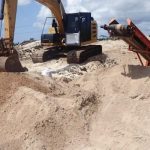
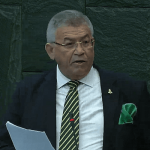




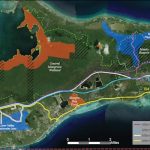

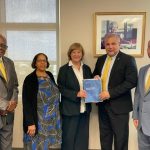

I enjoyed watching the 3 part documentary. Your positive attitudes in the face of disappointments were admirable! Keep up the good work – looking forward to watching your future discoveries!
What are the results of the findings?
What is the point of these videos? To give the public data or bla bla bla? Seriously a waste of time.
And when will the ban come for fishermen having access to it, we know that will be next on the agenda.
A number of us can recall diving12 mile bank back in the late 1990’s with expeditions led by Dive Tech and Ocean Frontiers. A gnarly dive. It would be interesting to see the state of marine growth on the “Safehaven” worker barge that is down there around 120’. There should be some photos somewhere of what it looked like back then for comps. It would have been sunk circa 1992.
Does anyone know if any of these are subject to commercial fishing.